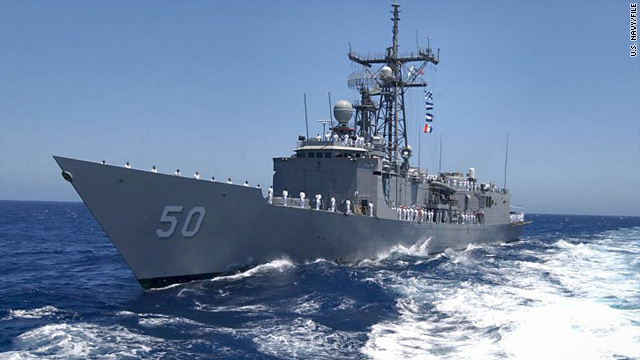UK troops leave Helmand's Sangin
 Please turn on JavaScript. Media requires JavaScript to play.
Please turn on JavaScript. Media requires JavaScript to play.
BBC News Uj,m Sept 20 2010
UK forces have been in Sangin since 2006, and 106 UK personnel have been killed.
British forces in Afghanistan have handed responsibility for security in Sangin to US forces, marking the end of their four-year mission in the area.
Control was handed over from UK forces to the US Marine Corps at 0630 BST.
The UK has suffered its heaviest losses in the area. Of the 337 UK deaths in Afghanistan since 2001, a third have happened there.
Defence Secretary Dr Liam Fox said UK troops should be "proud of their achievements".
He said Sangin, in Helmand province, was "one of the most challenging areas of Afghanistan".
"The level of sacrifice has been high and we should never forget the many brave troops who have lost their lives in the pursuit of success in an international mission rooted firmly in our own national security in the UK," he said.
British troops will redeploy to central Helmand, where they will continue to lead the fight against the insurgency and assist in building a stable and secure Afghanistan, he added.
"We are seeing real and positive progress in areas that only a year or so ago were in a very different state," he added.
The commanding officer of 40 Commando group, Lieutenant Colonel Paul James, said the handover was a "poignant moment" tinged with sadness, but the overwhelming emotion was one of pride.
"I think we've achieved significant success here: making Sangin a much more stable and peaceful place.
"And probably just as importantly, the Afghan national security forces that we've partnered here are now starting to be able to stand on their own two feet and take on the responsibility for delivering Sangin for themselves.
"It's not going to be British forces who deliver success in Sangin and it's not going to be American forces.
"It's not going to be anyone else other than the Afghans themselves.
Analysis
 Ian Pannell, BBC News, Kabul
Ian Pannell, BBC News, Kabul
After five bloody summers in Sangin, British troops have handed over control to the men of the US Marine Corps and begun pulling out.
A third of all deaths in Afghanistan have taken place here in a district that is as important as it is dangerous.
The Americans have already changed the strategy on the ground, pulling out of some patrol bases that the British fought hard to establish and protect.
The terrain, its location at the cross-section of key routes and a thriving opium trade have made it a key battleground for both the insurgents and British troops.
Military commanders insist this is not a case of America coming to the rescue of beleaguered UK forces but the handover will be a bittersweet moment for the thousands of troops who have fought so hard in Sangin over the last four years.
UK forces have been in Sangin since 2006, and 106 UK personnel have been killed. The MoD announced in July that British troops were to be replaced by US forces.
The BBC's Ian Pannell in Kabul said there would be a physical handover, with the union jack lowered and the US flag raised, but little would change on a pratical level.
He said some members of the 1,000-strong 40 Commando Battle Group had already left, and the handover would be staggered over the coming weeks.
Describing it as a "totemic" moment for the UK, he said Sangin is the most dangerous district in Helmand - if not the whole of Afghanistan.
On a recent visit to the area, he witnessed a long battle in which a number of US soldiers, Afghan soldiers and civilians sustained injuries.
"Although progress has been made, the area remains very difficult. It is a key battleground for insurgents and coalition forces.
"The truth is, the Americans will now have to try and finish the job that Britain started," he added.
Ministry of Defence spokesman Major General Gordon Messenger, a former commander of the UK Helmand task force, insisted the handover was not an admission of defeat.
"It certainly won't look like that on the ground," he told BBC Radio 4's Today programme.
"The British soldiers that are there are handing over to the American Marines. In terms of the physical security presence, and every other aspect of the campaign in Sangin, it's going to be more of a continuum than a watershed."































